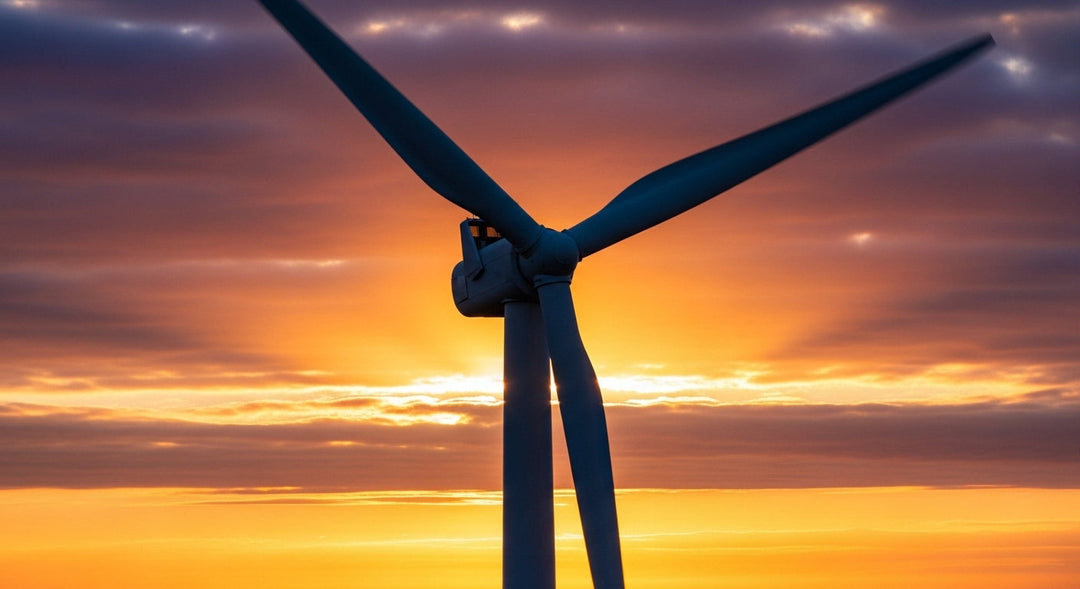The Funding Gap Facing the Energy Transition

The International Renewable Energy Agency (IRENA) published a report that highlighted the major funding gap in the energy transition. The report suggested that to meet climate aims, globally, there must be a cumulative investment between now and 2030 of $44 trillion, with energy transition technologies representing 80% of the investment, at $35 trillion. Without this financing, the world will likely continue to rely on polluting fossil fuels for power and will not achieve a fully green transition. We see investment in renewable energy and related green technologies as a means of powering the energy transition and securing the future of the planet.
The Funding Gap
IRENA’s latest report suggests that significantly more funding must be seen worldwide to meet international climate targets. The organization considered several scenarios, which each require higher levels of investment than are currently being seen. Under the 1.5°C pathway, a cumulative $150 trillion of funding is needed between now and 2050 to meet the target of limiting global warming to 1.5°C. This equates to an additional $5 trillion a year.
With investment in energy transition technologies totaling $1.3 trillion in 2022, funding in the green transition needs to more than quadruple. IRENA also highlighted the need to dedicate much of the funding earmarked for fossil fuels – around $1 trillion a year – to be redirected to green energy projects and technologies. Cumulative investments between 2023 and 2030 in green technologies must total $44 trillion to meet global targets, with 80% of these funds going to energy transition technologies.
New national climate policies are helping to attract higher levels of private funding for the green transition. As more policies are rolled out worldwide, we expect investment in renewable energy and green technologies to rise significantly to bridge this gap and support a global green transition.
National Climate Policy Aimed at Attracting Private Funding
Several countries have released – or are developing – comprehensive climate change strategies and supporting policies to roll out public investment and encourage private financing in clean energy and technologies. In the U.S., the Biden Administration’s 2022 Inflation Reduction Act (IRA) provides companies with a broad range of fiscal incentives for investing in renewable energy and transition technologies. The IRA offers $394 billion in energy and climate funding, mainly in the form of tax credits. The policy is expected to accelerate private sector investment in clean energy, transport, and manufacturing.
Following the IRENA report, as well as a U.N. Intergovernmental Panel on Climate Change (IPCC) paper that suggested current action is not enough to prevent a severe climate crisis, the EU released a plan to strengthen its 2030 renewable energy targets.
The European Council and Parliament reached a provisional deal to source 42.5% of the EU’s energy from renewable sources by 2030. This replaces the 2018 target of a 32% share. With the rollout of new regional climate policies, we expect more public funding to be made available for green energy developments and transitional technologies, as well as encouraging a greater number of private regional actors to increase their climate financing.
Our Outlook Remains Positive
While the funding gap for a successful energy transition is significant and troublesome, we believe the launch of new, comprehensive climate policies at the national and regional levels will help unlock more public funding to begin to bridge the gap. Further financing will be seen in the form of private companies responding to favorable fiscal policies as they invest in decarbonization and clean energy projects.










